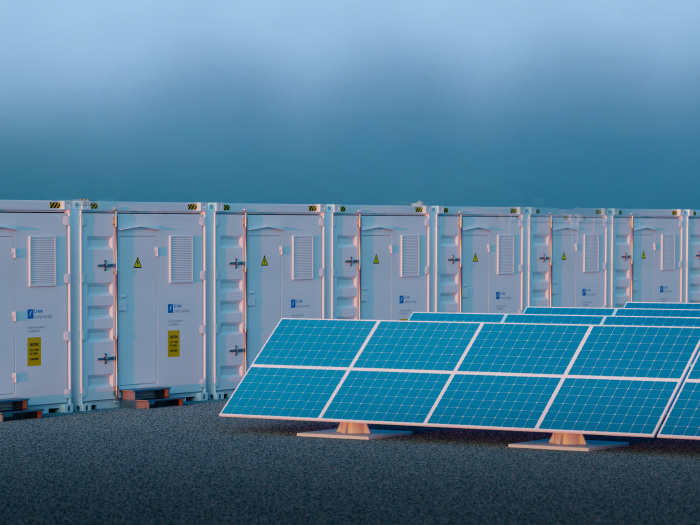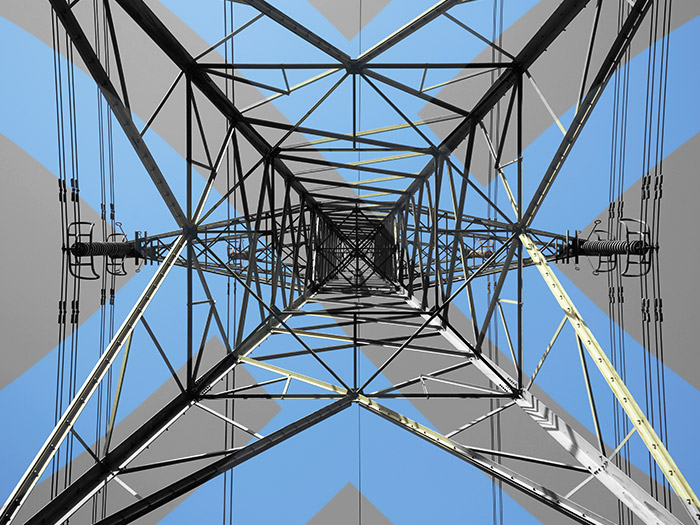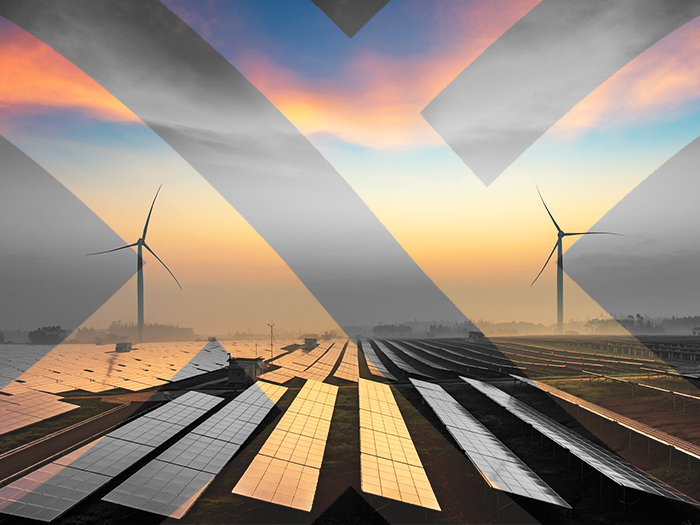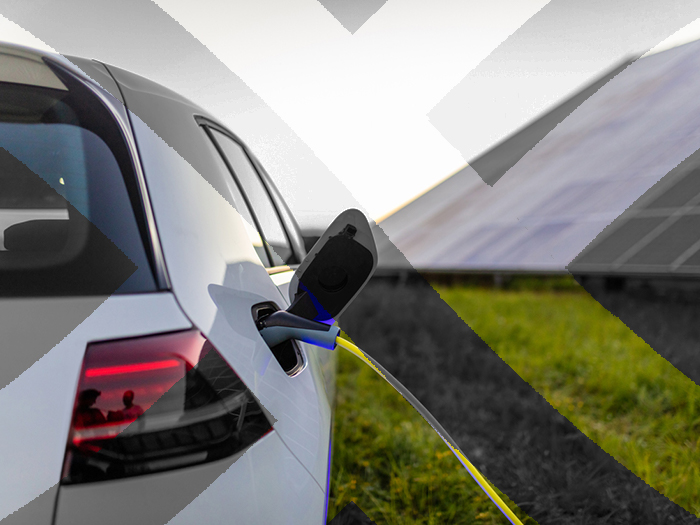News
better business decisions
Posted 4 years ago | 3 minute read
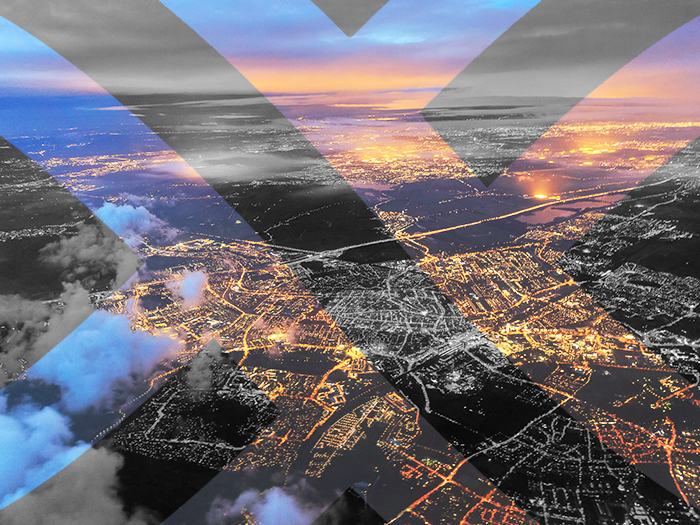
Poll Insights: Resilience, Revenues & DSR
Our Academy webinar “Blackouts, Batteries and Brexit: A Review of the Energy Landscape in 2019”, in partnership with Energy Live News, contained some insightful poll results. For those that couldn’t join the live session, head to the on-demand version, or read on for the poll highlights and expert commentary.
This first question was asked in relation to the blackouts across the UK on the 9th August that brought transport systems, businesses and hospitals in chaos.

Regardless of your business’ current thinking on resilience, the blackouts on Friday 9th August highlighted gaps and risks to both grid and I&C businesses in resilience planning.
Though this type and scale of event is infrequent, National Grid’s Director of Operations, Duncan Burt, explained that “the system isn’t designed to withstand this level of loss without going into secondary safety measures.” This is why it is key for businesses to make power resilience part of their corporate governance.
The second question was asked as we analysed the graphic below, and looked to ascertain if the poll results reflected the same pattern we’re seeing in the markets.


We think this poll accurately reflects the state of the market as it stands right now. We predict that even further parties will want to make their flexibility available to National Grid, their local DNO, supplier and wholesale markets. Flexibility can be used in a number of ways, and one thing that can make participation more complex is that no 2 sites are the same. Each one has to be audited separately with its own operational constraints and objectives in mind, which is where our expertise and technology platform come into play.
The final poll was asked to gain insight into the level of interest in the revenues available to businesses.

This poll was telling. While only 43% of the respondents to the first poll have resilience as part of their energy strategy, 56% of participants in this third survey are considering the revenues in their overall strategy. This displays a slight disconnect in understanding the correlation between the two. In addition to delivering resilience to sites and processes, the same flexibility that enables this also feeds into the requirements for participation in revenue programmes.
This said, the solution can be cyclical. We’ve seen the money delivered from participation in revenue and savings programmes provide the funding for additional resilience projects, such as battery installation. These batteries then go on to enable additional site flexibility which unlocks even further revenues and savings through balancing services and trading.

